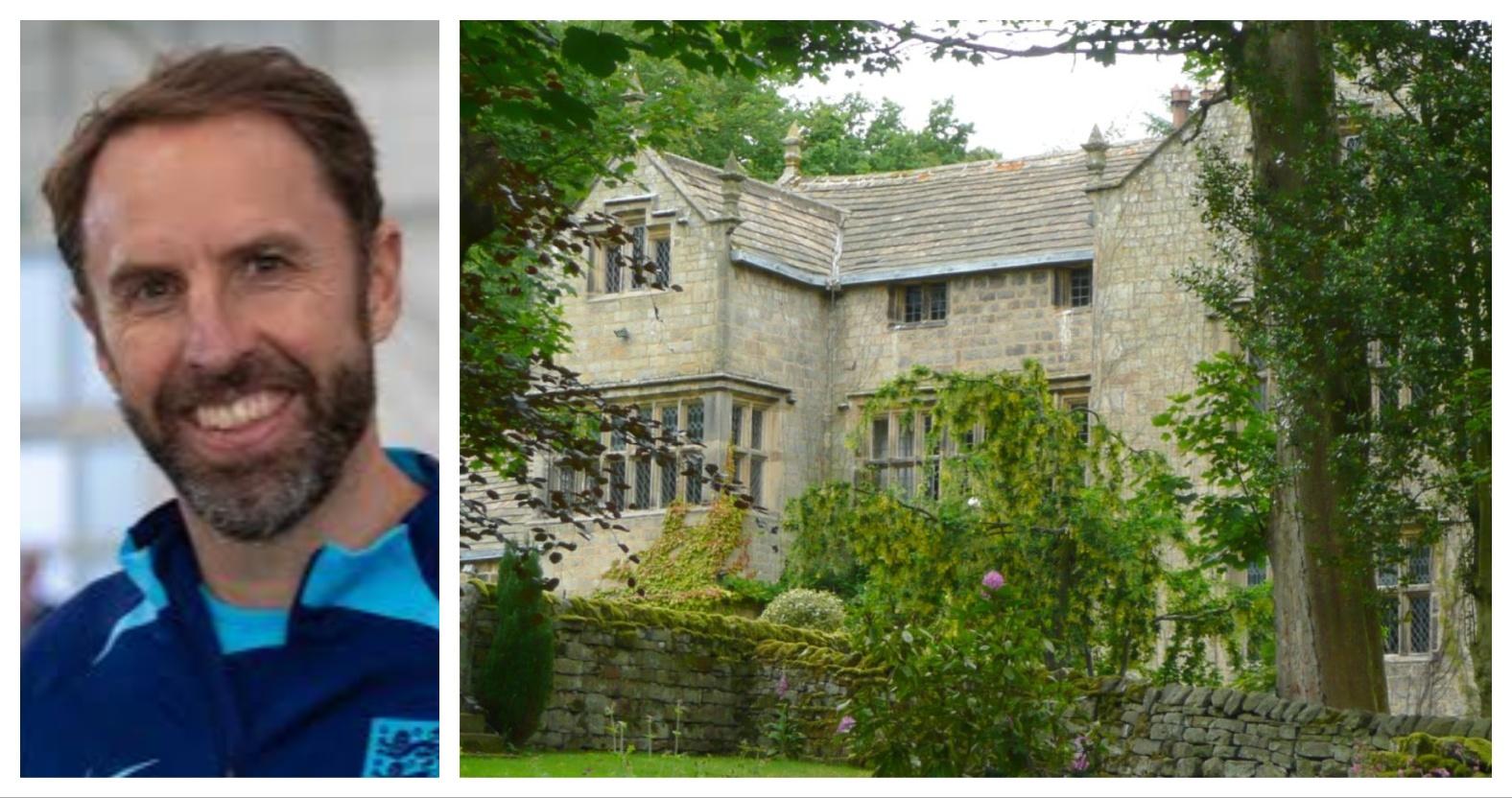Subscribe to trusted local news
In a time of both misinformation and too much information, quality journalism is more crucial than ever. By subscribing, you can help us get the story right.
- Subscription costs less than £1 a week with an annual plan.
Already a subscriber? Log in here.
02
Oct 2024
Council gives verdict on Gareth Southgate’s bid to amend ‘majestic’ Harrogate home

North Yorkshire Council has approved plans to amend the garden of Gareth Southgate’s mansion near Harrogate.
The ex-England manager and his wife Alison live in a grade I listed building set in 4.5 acres at Swinsty Reservoir in the Washburn valley.
The Stray Ferret revealed in August the couple had applied to the council for listed building consent to replace a septic tank in the garden and rebuild a dry stone wall.
The non-departmental public body Historic England requested a site visit after raising concerns the plans could harm Nidderdale National Landscape.
But the organisation’s concerns were allayed after the visit took place on September 2.
Case officer Izabelle Waddington said in her decision notice, which can be viewed on the council website:
Overall, the proposal presents no loss or significant harm to the designated heritage assets of the listed building. It would preserve the character of the building and its setting, with no adverse impact on any features of special architectural or historic interest which it possesses.
Due to the level of works proposed, the scheme will not detract from the character of the dwelling or that of the surrounding Nidderdale National Landscape.
The building itself will not be affected but one pine tree will be felled to allow for the new sewage system to be installed underground.
Ms Waddington said:
The council's arborist has not commented on the application however it is noted that the site is surrounded by large mature trees and hedging as such, it is not considered that the loss of one pine tree would greatly harm the immediate setting of the listed building.
The Southgates bought the property for £3.2 million in 2006, when he became manager of Middlesbrough. It was sold to the Leeds Corporation in the late 1800s when the 63-hectare Swinsty Reservoir was constructed.
Sharon Kelly, the council’s principal conservation officer, said:
The special significance of the listed building derives from its evidential, historic, and associative values. Built for Francis Wood and Henry Robinson, it is a substantial and majestic building which represents the status and wealth of its historic owners.
0